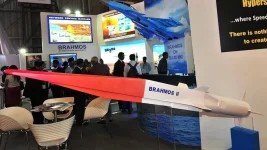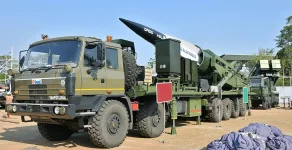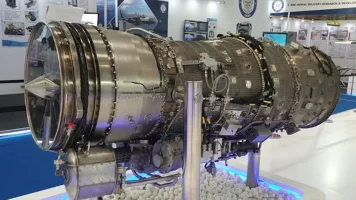- Views: 2K
- Replies: 4
India's ambitious hypersonic missile programme, Project Vishnu, is at a critical juncture, with its advanced missile system ready for testing but awaiting financial approval from the Ministry of Defence (MoD).
Contrary to some recent media reports suggesting a successful test had already occurred, sources have clarified that the project has not yet reached the trial phase.
The programme is developing the Extended Trajectory Long Duration Hypersonic Cruise Missile (ET-LDHCM), a weapon designed to travel at speeds up to Mach8, or approximately 9,900 kilometres per hour, over a range of 1,500 kilometres.
This places India in a race to join an exclusive group of nations, including the United States, Russia, and China, that are developing operational hypersonic weapon systems.
The ET-LDHCM is engineered to be powered by an advanced scramjet engine. Unlike conventional rocket engines that carry their own oxygen, a scramjet is an air-breathing engine that pulls oxygen from the atmosphere, allowing it to sustain hypersonic speeds for longer durations.
The DRDO has already proven the engine's capability through a successful 1,000-second ground test, a significant milestone demonstrating its readiness for flight. The missile is also designed to withstand extreme temperatures of up to 2,000°C generated during high-speed flight.
Despite this technological progress, the DRDO Chief confirmed last month that the programme requires official sanction of funds to proceed.
This approval, typically cleared by the Cabinet Committee on Security for projects of this scale, is essential to move from technology demonstration to the fabrication, integration, and flight testing of a full-scale missile.
While logistical preparations are underway, evidenced by recent tenders for integration equipment, the project remains paused ahead of its testing phase.
The strategic importance of the ET-LDHCM is immense. It is designed for launch from land, air, and sea platforms, providing significant operational flexibility.
Capable of carrying a conventional or nuclear warhead weighing between 1,000 and 2,000 kg, its primary advantage is its ability to evade enemy air defence systems.
By flying at low altitudes and executing mid-flight manoeuvres, the missile would be nearly impossible to intercept, strengthening India's strategic deterrence against potential adversaries.
The ET-LDHCM builds on the knowledge gained from the successful Hypersonic Technology Demonstrator Vehicle (HSTDV) test in 2020. It represents a transformative leap over India's existing cruise missile, the BrahMos, which operates at speeds of approximately Mach2.8.
Beyond its military applications, the technology developed under Project Vishnu could have future civilian uses, such as reducing the cost of satellite launches, and will continue to foster innovation within India's domestic defence and manufacturing sectors.



